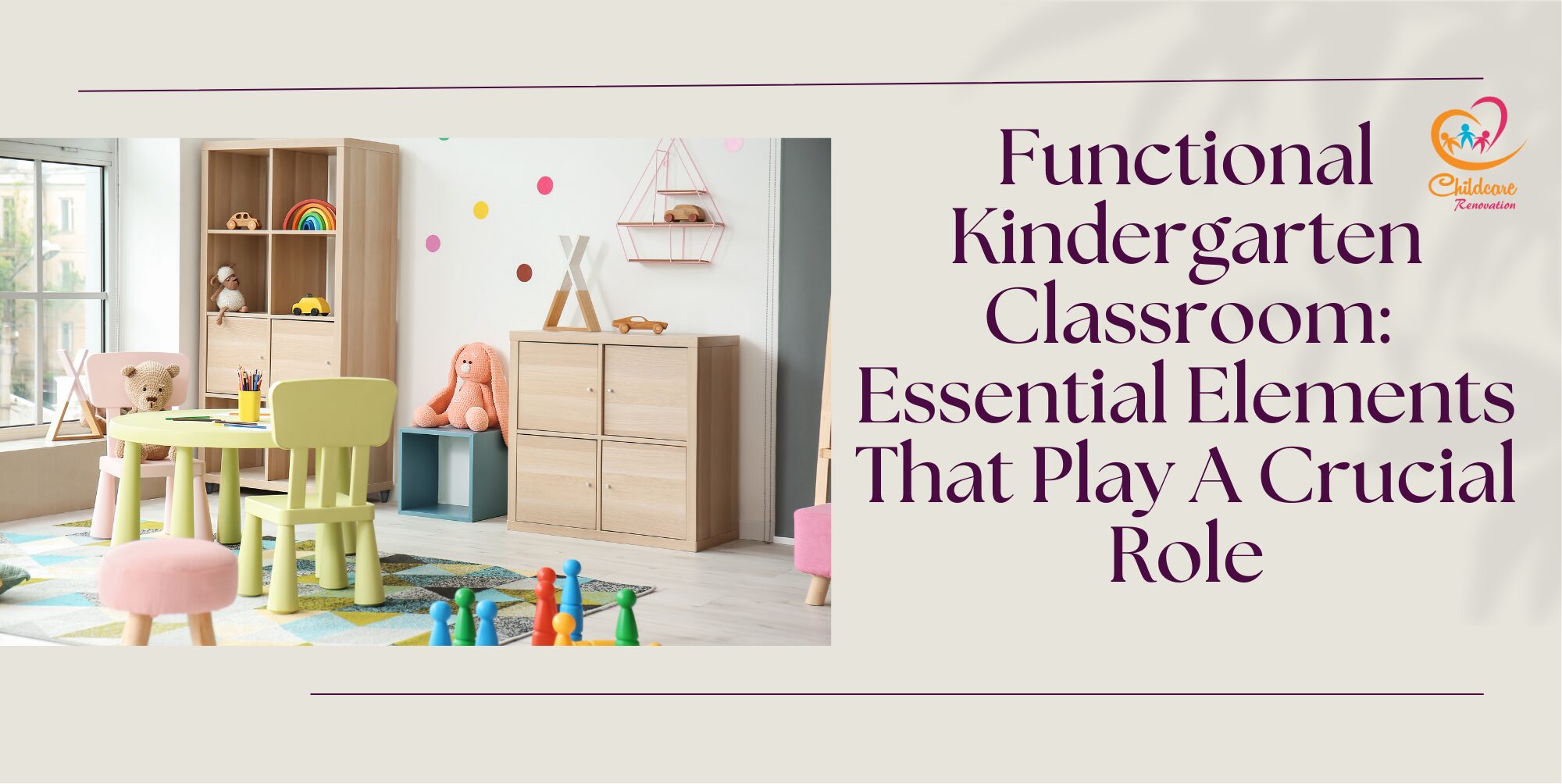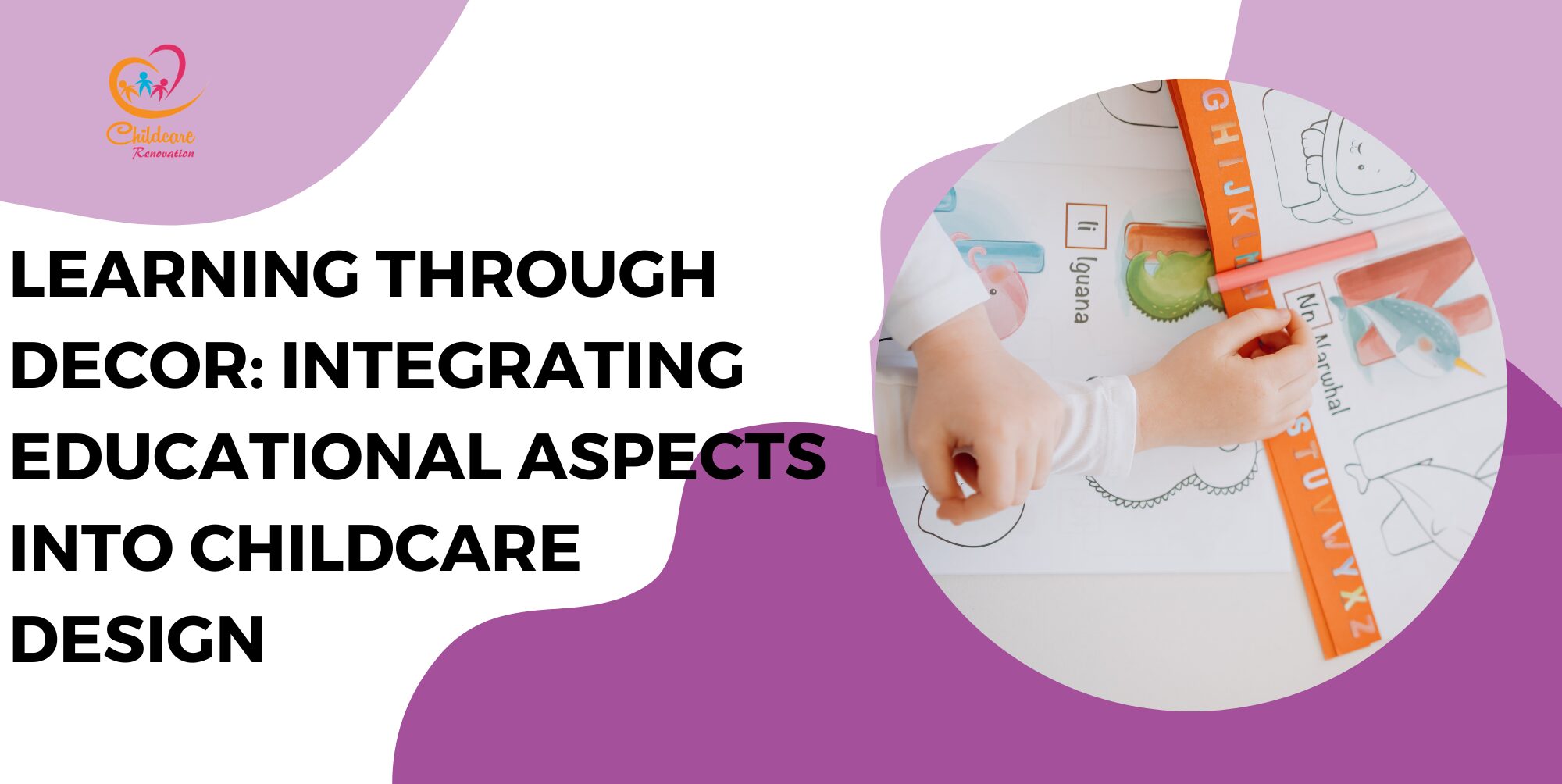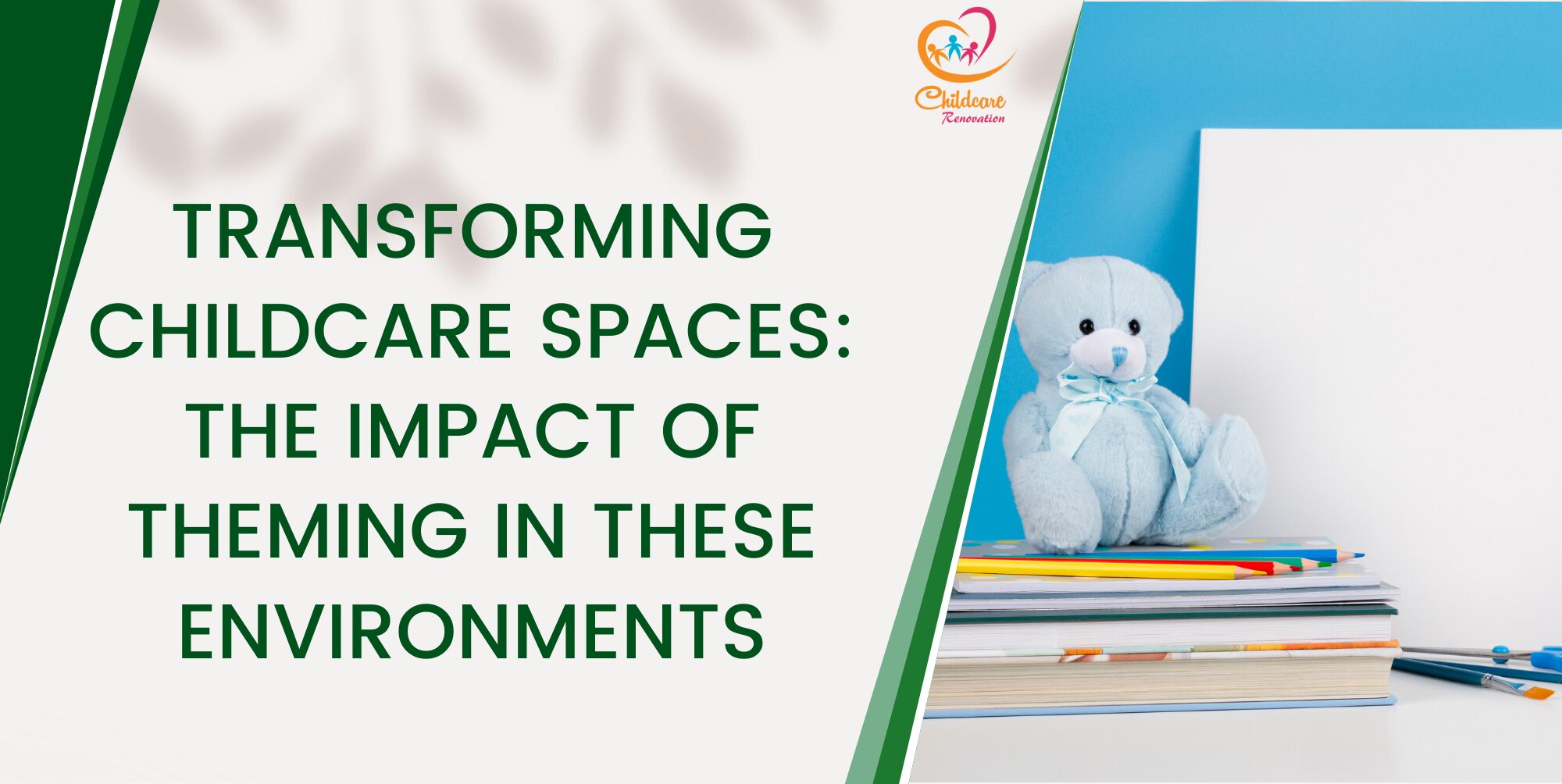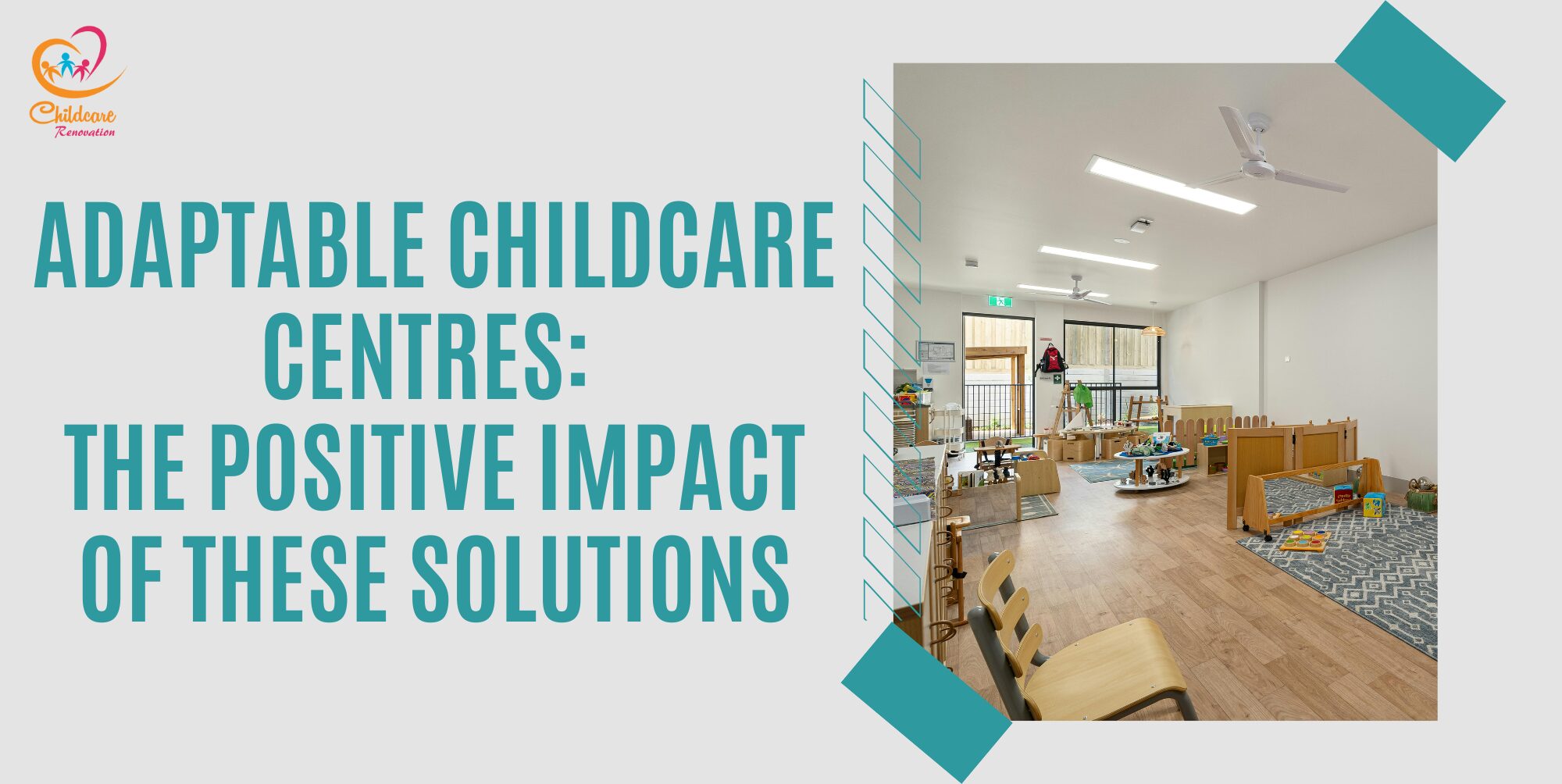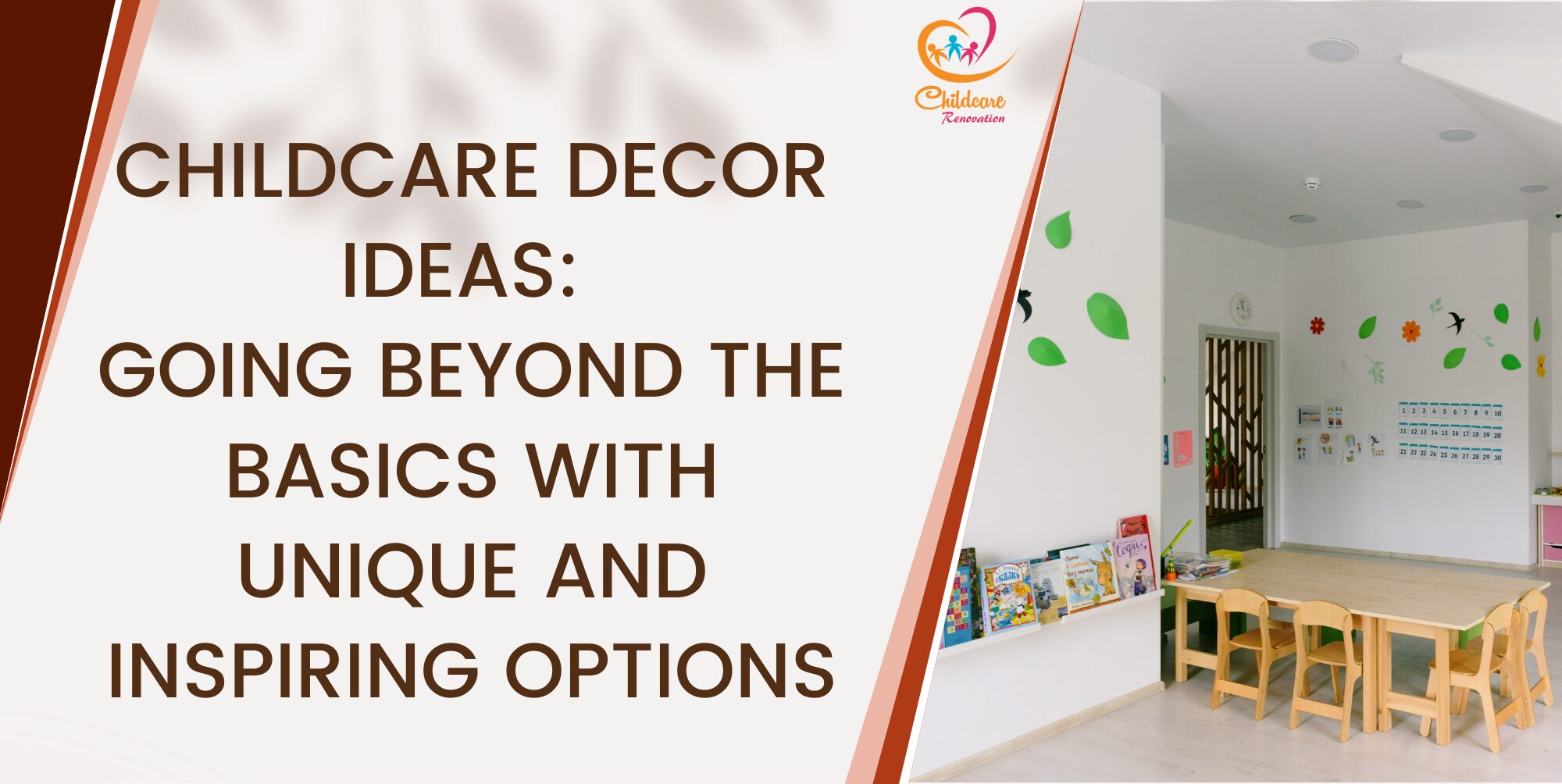Small daycare decor can be utilised throughout a space for it to function efficiently. Here are 4 important ways to include decor in a daycare with limited space.
Small Daycare Decor #1: Functional And Appropriate Furniture

Image Credit: Canva
Functional furniture is a must in small daycare centres. Optimising space and choosing items based on their versatility are important to a child-friendly and efficient environment. Dual-purpose furniture multiplies the use of limited space available. For example, storage benches double up as chairs with hidden compartments for toys or other supplies. Foldaway tables and chairs can be folded and set aside to accommodate open play space while stackable chairs can be arranged to make more room for the area.
In addition, mobile furniture such as rolling carts for or moving shelves are flexible and can be beneficial when it comes to reconfiguring a space based on the different activities and needs throughout the day. Finally, incorporating furniture with built-in storage solutions such as cubbies and shelves goes a long way in keeping everything in its place and makes cleaning up quite easy in this a busy environment.
Colourful and inviting furniture provides better engagement between children with the surrounding environment and makes it more interesting to be in. If the furniture is useful and flexible, daycares will become a potential area that is clean, well organised and becomes a great place for children to learn and enjoy. This ensures efficiency in the daycare while also providing a warm atmosphere and surrounding where children will learn, play and grow.
Small Daycare Decor #2: Maximising Storage Solutions

Image Credit: Canva
Daycares do require creative ways of storage solutions in order to be organised, clutter free while ensuring that the space available is fully utilised. Most daycare centres tend to be small; therefore, wall-mounted storage helps clear the floor area for playing and activities. On the other hand, floating shelves, pegboards and cubbies can hang toys, books and art supplies while keeping them within easy access for both children and educators.
Bench seats with built-in storage or tables featuring lower shelves are examples of multi-functional furniture which is a good combination of two functions — a place to sit or a surface to work on and storage. See-through labeled plastic bins and baskets are excellent for organising and grouping similar items and make it easy to teach children where things go — promoting independence and responsibility. Another great solution is stackable storage boxes. They allow for vertical space without sacrificing accessibility.
These can also be designed to include mobile units such as rolling carts or trolleys that have flexible organisation capabilities and can be moved very easily from one place to another. Custom-made storage through underutilised areas such space under tables or windows can also be used when it comes to keeping daycare centres tidy and neat. Add some hanging storage options such as fabric wall pockets or baskets will make the storage seem more personalised and customised while keeping the floor clear. Having personal storage places such as individual lockers for children generally helps to keep things organised and separate while also reducing mix-ups and losses.
In this case, some practical and appealing storage ideas may be combined to come up with an organised, friendly and effective area within a small daycare. A daycare is able to build a play setting for learning, playing and exploring in a calm atmosphere by making effective use of vertical and multi-purpose storage.
Small Daycare Decor #3: Proper Colour Scheme

Image Credit: Canva
Although small, a daycare centre needs a colour scheme that sets out to create an inviting, stimulating and functional environment for little ones. Vibrant colours such as yellow, blue, green and red will help uplift spirits and foster creativity among children. A colour scheme like this would not just create visual appeal but also help in the cognitive and emotional development of a child. For instance, muted blues and greens can be soothing and suitable for reading or rest areas while bright yellows and reds can be used for active play and learning areas — making it seem more energetic and eclectic.
Accent walls in bold colours or engaging murals create visual interest without overstimulation to a room. Moreover, in order to avoid chaos and give a sense of cohesion, daycares should balance out these dynamic shades with neutrals such as white, beige or light grey. These colours have the visual effect of creating a more airy and spacious area — avoiding an overly cluttered appearance in small spaces.
Moreover, thematic colouring in different parts of the daycare will help demarcate specific zones such as a quiet corner in pastel colours for calm aesthetics and a vibrant corner with bright primary colours to make the children active and interactive. Accessorising through the use of rugs, cushions and storage bins in matching colours will help tie this all up into a coherent design that is functional and beautiful at the same time. The fact that they are non-toxic and washable makes them safe for the children.
Colour choices can work wonders in making a small daycare facility look more inviting while keeping the atmosphere nurturing and stimulating to support overall health, well-being and development among children.
Small Daycare Decor #4: Interactive Concepts

Image Credit: Canva
It is possible to increase the interest in learning and playing among children at the daycare centre by making it more interactive. Having elements such as an activity wall with interactive panels, a chalkboard and whiteboard allows for conducting immense creative and cognitive developmental activities.
Magnetic letters and numbers can be placed on these walls to allow the children to engage in early literacy and numeracy through play. The sensory boards, on the other hand, could contain diversity in textures, shapes and materials to encourage tactile exploration and refine motor skills; thus, offering a rich sensory experience that is pleasurable and helps with enhancing learning among young children.
Themed play stations are another very effective interactive feature that could be incorporated into small daycare centres. These could be theme-based in interest such as a mini kitchen for imaginary play or a science corner with simple experiments and magnifying glasses. Digital learning could be introduced through means of technology with touch-screen tablets containing educational apps — putting children into an interactive environment with controlled levels of digital activities.
Stations for music and sound may provide an outlet for children to experiment with musical instruments or even listen to different genres of music — developing their hearing and cultural awareness. Elements that allow for exposure to nature such as indoor gardens or fish in an aquarium add interest to the inside environment as children become curious and responsible by learning how to take care of living things. This also keeps the environment new and fresh while keeping the children engaged and interested when spending time in the daycare centre.
When interactive decor features are thoughtfully put together, it helps to create a lively multi-sensory environment in a small daycare centre. It aims at providing holistic development for children by utilising the available space to the maximum and offering a rich and full experience to each child.
Speak with The Experts
Planning to get started at your kindergarten but have no idea about it?
Childcare Center Renovation Singapore is a reliable company for renovation and interior design. They have about ten years of experience in this field and have a good reputation among customers.
Call us now to get your desired kindergarten design ideas now!




